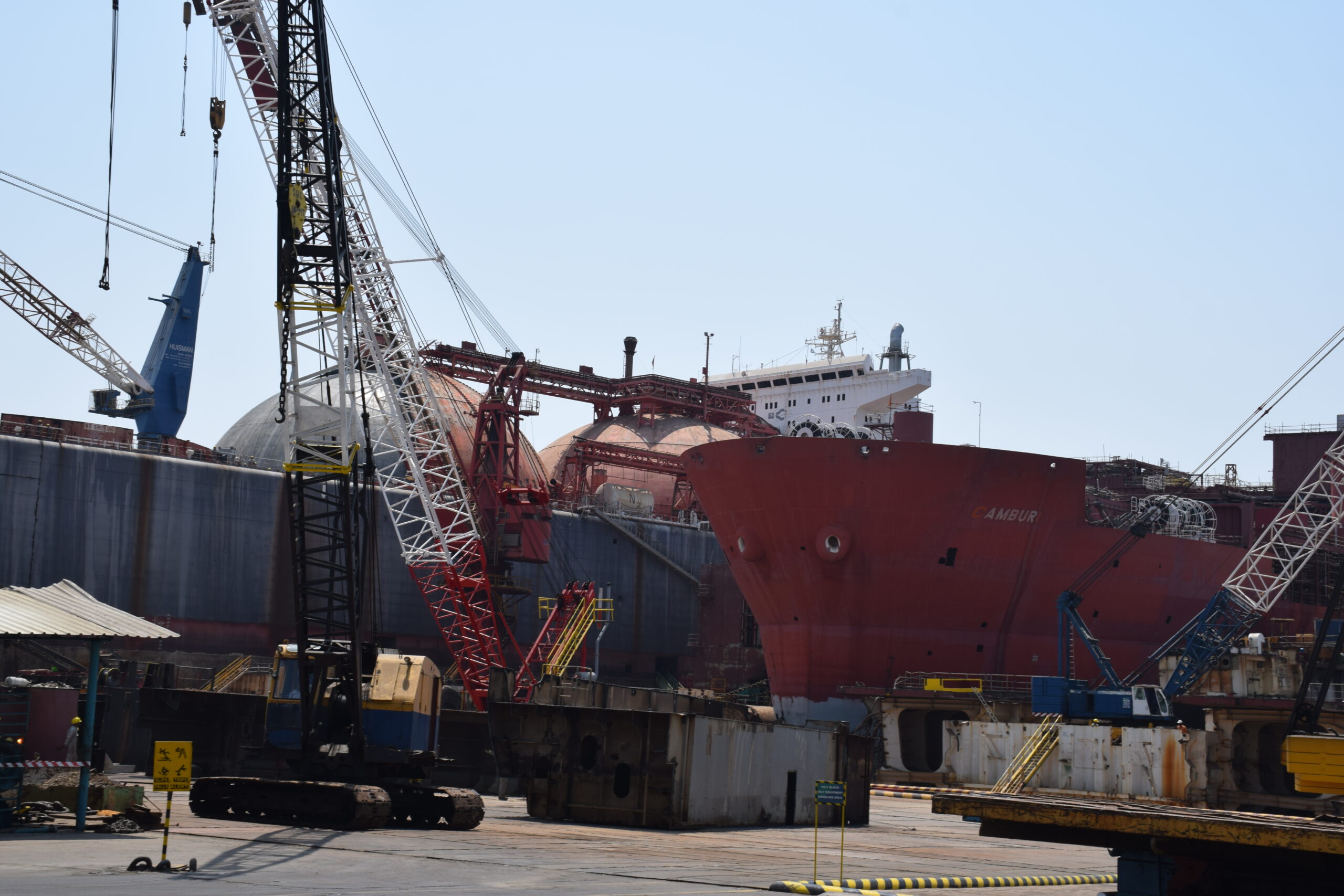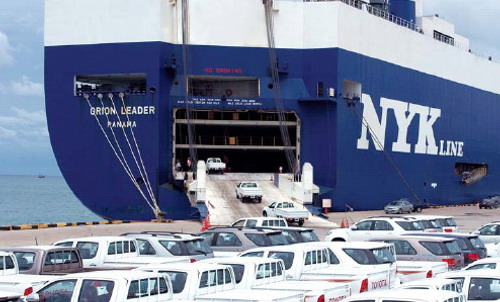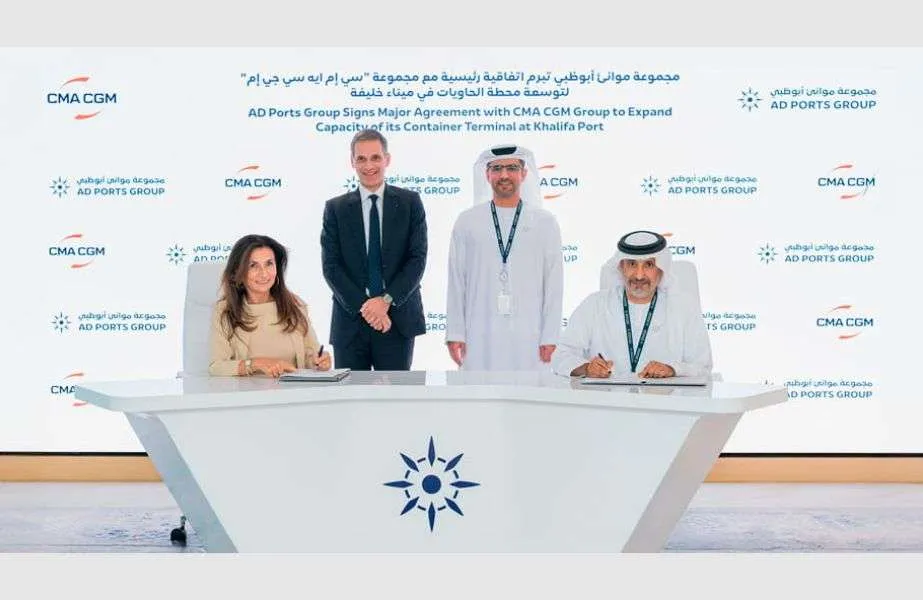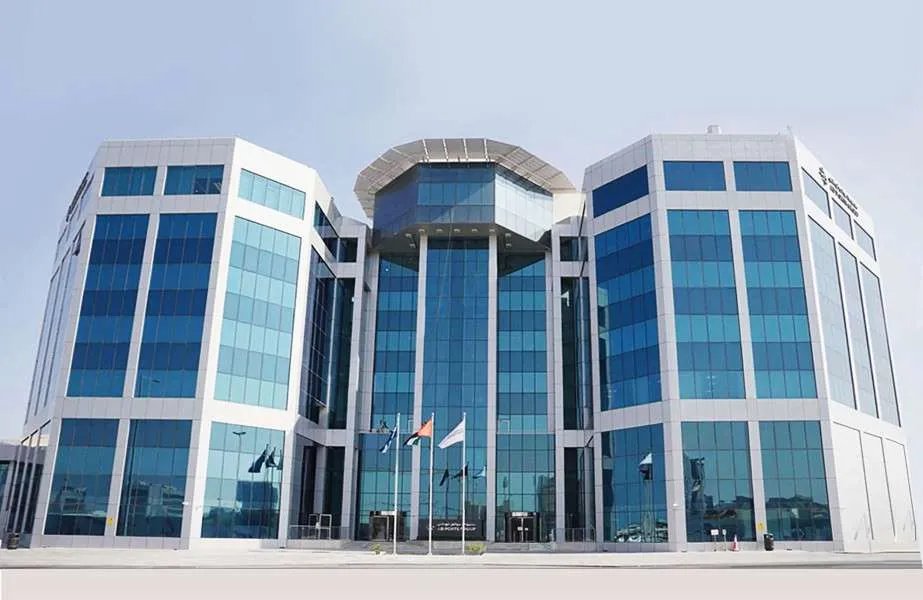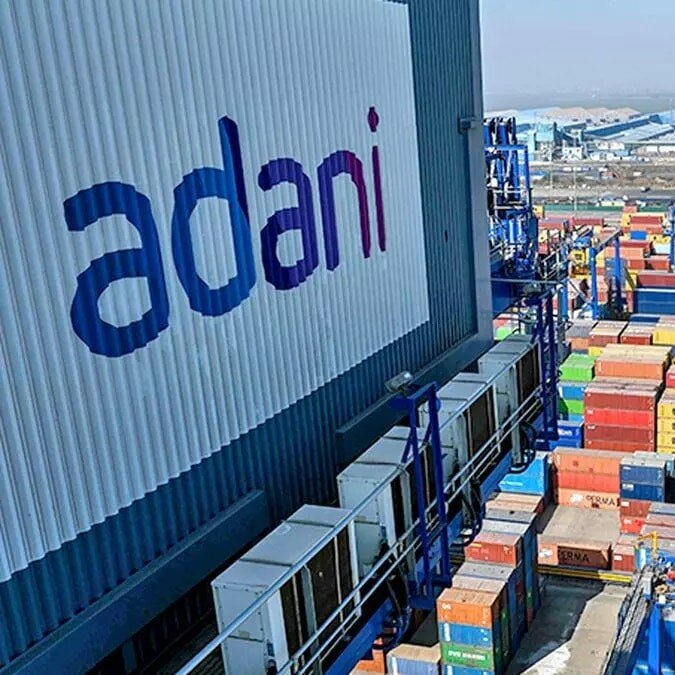Rise in Indian Tonnage Reflects Stronger Maritime Independence
In a significant stride towards maritime autonomy, the Minister for Ports, Shipping & Waterways announced a consistent rise in Indian tonnage. The latest figures reveal that 1,530 vessels are now Indian-flagged, collectively boasting 13.7 million gross tonnage (GT). This increase has significantly reduced India’s reliance on foreign vessels to transport cargo.

Expanding Fleet of Indian-Flagged Vessels
The statistics for June highlight the distribution of these vessels: 1,041 Indian-flagged vessels, with a total gross tonnage of 1.7 million GT, are engaged in coastal trade. This segment of the fleet is pivotal in ensuring that domestic cargo is efficiently transported between various Indian ports, contributing to the seamless movement of goods and bolstering the coastal economy.
Additionally, 485 Indian-flagged vessels, with a combined gross tonnage of 11.95 million GT, are now active in overseas trade. This segment reflects India’s growing capacity to participate in global maritime commerce. By operating a significant number of vessels in international waters, India is carving a substantial presence in the global shipping industry, enhancing its strategic and economic positioning.
Indian-Controlled Tonnage Acquisition
In a strategic move to further assert control over its maritime assets, India has acquired four vessels under Indian-controlled tonnage, totaling 45,604 GT. This acquisition strategy aims to enhance the country’s control over its shipping fleet, ensuring that even vessels registered under different flags but owned by Indian entities contribute to the nation’s maritime strength.
Remarkable Growth in Inland Waterway Cargo Transport
Parallel to the growth in the Indian-flagged fleet, India’s inland waterways have witnessed an extraordinary surge in cargo transport volumes. The volume of cargo transported through inland waterways has experienced a six-fold increase over the past decade, soaring from 18.07 million metric tonnes (MMT) in 2013-14 to an impressive 133.03 MMT in 2023-24.
This exponential growth underscores the increasing reliance on inland waterways as a viable and efficient mode of cargo transport. The expansion of this sector not only alleviates pressure on road and rail networks but also offers a more sustainable and cost-effective alternative for moving goods across the country.
Strategic Initiatives Driving Growth
The rise in Indian tonnage and the remarkable growth in inland waterway cargo transport are outcomes of several strategic initiatives and policy reforms implemented by the government. These initiatives are aimed at strengthening the maritime sector, promoting domestic shipbuilding, and enhancing the overall efficiency of the country’s logistics and supply chain networks.
1. Sagarmala Project: One of the flagship initiatives, the Sagarmala Project, has played a crucial role in transforming India’s port infrastructure and connectivity. By developing new ports, modernizing existing ones, and improving hinterland connectivity, the project aims to reduce logistics costs and boost trade.
2. Promotion of Coastal Shipping: The government has been actively promoting coastal shipping as a sustainable and cost-effective mode of transport. Various incentives, such as subsidies and relaxed cabotage laws, have been introduced to encourage the use of coastal shipping for domestic cargo movement.
3. Inland Waterways Development: The development of National Waterways, particularly the National Waterway-1 (NW-1) on the Ganges River, has been a game-changer. The construction of multi-modal terminals, dredging operations, and navigation aids have significantly enhanced the capacity and efficiency of inland water transport.
4. Shipbuilding and Ship Repair: To boost the domestic shipbuilding industry, the government has introduced various measures, including financial incentives, tax benefits, and infrastructure support. These initiatives aim to increase the number of Indian-built ships and reduce dependence on foreign shipyards.
5. Fleet Modernization: Encouraging the modernization of the Indian fleet, the government has facilitated the acquisition of modern vessels equipped with advanced technology and eco-friendly features. This not only improves operational efficiency but also aligns with global environmental standards.
Economic and Strategic Implications
The consistent rise in Indian tonnage and the surge in inland waterway cargo transport have far-reaching economic and strategic implications for the country.
Economic Benefits
1. Reduced Dependence on Foreign Vessels: By increasing the number of Indian-flagged vessels, India can reduce its reliance on foreign shipping lines, resulting in significant cost savings and increased control over maritime trade routes.
2. Boost to Domestic Industries: The growth in coastal and inland waterway shipping promotes the development of ancillary industries such as shipbuilding, ship repair, and maritime services. This, in turn, generates employment opportunities and stimulates economic growth.
3. Improved Trade Competitiveness: Efficient and cost-effective transportation of goods through coastal and inland waterways enhances the competitiveness of Indian exports in the global market. Reduced logistics costs and shorter transit times contribute to better trade performance.
Strategic Advantages
1. Enhanced Maritime Security: A robust Indian-flagged fleet enhances the country’s maritime security and sovereignty. It ensures that critical supplies and strategic cargo can be transported without reliance on foreign vessels, particularly during times of geopolitical tensions or emergencies.
2. Increased Presence in Global Shipping: With a growing fleet of Indian-flagged vessels engaged in overseas trade, India can assert a stronger presence in international shipping forums and negotiations. This strengthens its influence in global maritime policies and trade agreements.
3. Sustainable and Resilient Logistics: The expansion of inland waterways as a mode of transport aligns with India’s commitment to sustainable development. It reduces the carbon footprint associated with cargo transport and provides a resilient alternative in case of disruptions in road or rail networks.
Challenges and Future Prospects
While the achievements in Indian tonnage and inland waterway cargo transport are commendable, several challenges need to be addressed to sustain and accelerate this growth.
Challenges
1. Infrastructure Development: The expansion and modernization of port and inland waterway infrastructure require substantial investments. Ensuring timely execution of infrastructure projects and overcoming bureaucratic hurdles are critical to achieving long-term goals.
2. Regulatory Framework: Streamlining regulatory processes and reducing red tape in the maritime sector are essential for attracting investments and encouraging private sector participation. A transparent and investor-friendly regulatory framework is key to sustained growth.
3. Skill Development: Developing a skilled workforce for the maritime and shipping industries is crucial. Training programs and educational initiatives need to be strengthened to meet the growing demand for skilled professionals.
Future Prospects
The future of India’s maritime sector appears promising, with several opportunities on the horizon.
1. Blue Economy: The concept of the Blue Economy, which focuses on the sustainable use of ocean resources for economic growth, holds immense potential for India. Investments in sectors such as marine biotechnology, renewable energy, and coastal tourism can drive economic development and job creation.
2. Digitalization and Innovation: Embracing digital technologies and innovation can enhance the efficiency and competitiveness of the maritime sector. Smart ports, blockchain-based supply chain solutions, and autonomous vessels are some of the areas where technology can make a significant impact.
3. International Collaboration: Strengthening international collaborations and partnerships can open new avenues for growth. Joint ventures, technology transfers, and knowledge sharing with leading maritime nations can accelerate India’s progress in the global shipping industry.
Conclusion
The consistent rise in Indian tonnage and the remarkable growth in inland waterway cargo transport reflect the country’s commitment to strengthening its maritime capabilities and achieving greater self-reliance. Through strategic initiatives, policy reforms, and investments in infrastructure, India is poised to emerge as a significant player in the global maritime landscape. The journey towards maritime autonomy not only enhances economic prospects but also reinforces India’s position as a formidable maritime nation, capable of navigating the challenges and opportunities of the 21st century.
Author: shipping inbox
shipping and maritime related web portal




